SUMMARY
This is AI generated summarization, which may have errors. For context, always refer to the full article.
![[Dash of SAS] Women speak: What I want people to know about my abortion](https://www.rappler.com/tachyon/2020/10/DASH-of-SAS-about-my-abortion-October-23-2020.jpg)
Candice (not her real name) was 15, and for her, the decision to discontinue her pregnancy was clear. Her family gave her two options: to continue the pregnancy, or undergo an abortion. Either way, they promised to support her. Candice chose to have an abortion, and a family friend directed them to a “travel agency.” The front was both a disguise and an explanation as to why many young women were going there.
The day of her procedure was like any other day. Candice’s mother and the family friend “tita” went with her while her grandmother went to her school to enroll her for the next academic year. “It was summer then, so very forward looking na (already).”
Now in her 30s, Candice looks back on her decision with the same feeling of immense relief from when she was 15. She remains resolute that she made the right decision. As they had promised, her family stood by her and never spoke about the incident again or used it to castigate her.
“Hindi nila sinumbat ‘yun sa akin (They never used it against me),” she said.
Candice’s abortion story in Rappler’s Spilling the Tea episode breaks away from the dominant – and singular – abortion narrative pushed in media and in Philippine films: that women who undergo abortions suffer from guilt and self-flagellation.
Candice said she waited for the sadness, the nightmares, and the regret, but these never came. “I felt guilty that I did not feel guilty.”
Sheila (not her real name) also shared her abortion story on Rappler’s Spilling the Tea and had the same reflections as Candice. Sheila was separated from her husband and could not get an annulment. She was in another relationship when their choice of birth control malfunctioned and she got pregnant. Sheila decided to discontinue her pregnancy using herbs and medications even though their efficacy and safety were dubious.
There are striking similarities to Candice and Sheila’s stories. Both women were certain that they could not continue their pregnancy, but with limited alternatives had to resort to methods that were questionably unsafe. Both are immovable in their belief that they made the best decision for themselves and their circumstances. Both expressed only relief rather than regret and wished that Philippine laws and the societal norms patterned after it would give women the freedom to choose safe alternatives to discontinue their pregnancies.
The good abortion and the bad abortion
The Philippines has one of the most restrictive abortion laws in the world. Women who undergo abortions, and those who assist them, risk imprisonment of up to 6 years (which is why Candice and Sheila’s identities have to remain protected). There is no space for exceptions in cases of rape or incest, and though therapeutic abortions or medically accepted reasons to save a woman’s life are allowed, many doctors remain silent about this medical alternative.
Statistics show that worldwide, one in 4 pregnancies end in abortion. Chances are we all know someone, are friends with someone, or are related to someone who has had an abortion.
3 EnGendeRights Fact Sheet 2 2016 by Rappler on Scribd
But in the very narrow space where abortion in the Philippines is discussed, abortion is limited and simplified into a rigid binary: the bad abortion, with its guilt-provoking scenes of horror, and the good abortion, often portrayed as necessary for women who are too uneducated to understand birth control and too poor to avail of it. This is a narrative peddled by media and films, the Church, and an archaic legislation that is based on the Spanish penal code crafted to subjugate and rule its colonies.
Silenced are stories of real women like Candice and Sheila whose complex experiences and life circumstances cannot be compartmentalized as just good or bad. They are women who, through the course of their adult life, found themselves faced with an unplanned and unwanted pregnancy and wanted options.
The abortion stories of Candice, Sheila, and other women are captured in the anthology of abortion stories compiled by the Philippine Safe Abortion Advocacy Network (PINSAN), which together with other reproductive rights groups like EnGendeRights, Women’s Global Network for Reproductive Rights (WGNRR), and the Center for Reproductive Rights are advocating for the decriminalization of abortion and for women to have access to safe and legal abortion. (You can also see artwork on abortion here.)
Stripped of a haunting, cinematic veneer and the compulsory morality, women speak about the inequality of abortion access; abortion as a woman’s right to take control of their body; the complicated feelings that do not always involve guilt, regret, or shame; and like in the rap video “Tagos” by Muroami, Serena DC, and Calix, how they would definitely choose an abortion rather than continue an unwanted pregnancy.
If women could choose
Outside of the abortion stories collected by PINSAN, I’ve heard other women share their own. One shared that after having 3 children and getting pregnant with a fourth, she and her husband talked about the best option for their family. As a couple, they decided to end the pregnancy. Another became pregnant after an incident of marital rape. She was in the process of leaving her abusive husband and was preparing for life as a single parent to 3 children. She could not continue the pregnancy and decided to have an abortion.
Which brings me to another common but unspoken thread in these abortion stories told by these real women: the feeling of liberation after an abortion and the wish that other women not be deprived of a choice that would allow them this liberation.
All things being equal, would women choose to undergo an abortion if faced with an unplanned pregnancy? In the space where women are allowed the agency to speak and say yes, our laws should allow them to safely and legally do so. – Rappler.com
Ana P. Santos writes about gender and sexuality for Rappler. She is currently pursuing a masters degree in Gender (Sexuality) at the London School of Economics and Political Science as a 2020 Chevening Scholar. Follow her on Twitter @iamAnaSantos and Facebook at SexAndSensibilities.com,
For more information about the bill to decriminalize abortion in the Philippines, visit the Philippine Safe Abortion Advocacy Network website here.
For films that are changing the narrative on abortion, check out comedy drama “The Grandma” starring Lily Tomlin and these other films listed here.
Add a comment
How does this make you feel?

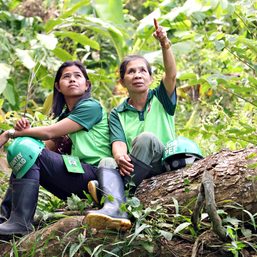
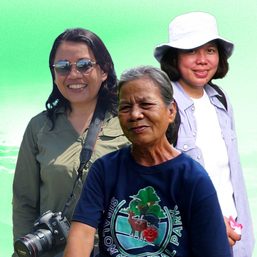
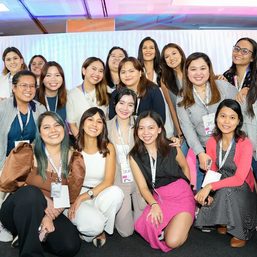

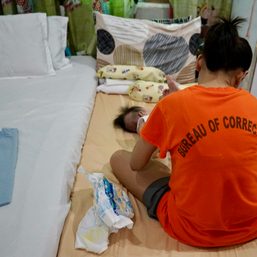
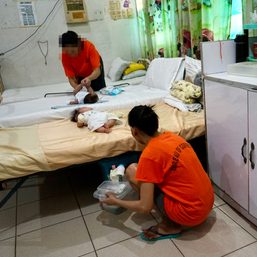
![[Dash of SAS] Making abortion a constitutional right](https://www.rappler.com/tachyon/2024/03/Its_true_-_Flickr_-_Josh_Parrish-1.jpg?resize=257%2C257&crop=125px%2C0px%2C768px%2C768px)
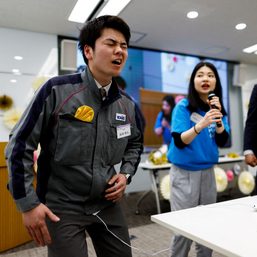

![[WATCH] Spoil me but respect me: A sugar baby’s story](https://www.rappler.com/tachyon/2024/03/titlecard-03.jpg?resize=257%2C257&crop_strategy=attention)
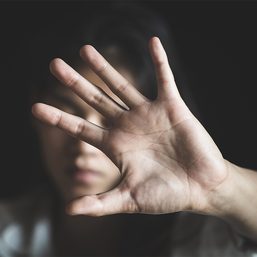
There are no comments yet. Add your comment to start the conversation.